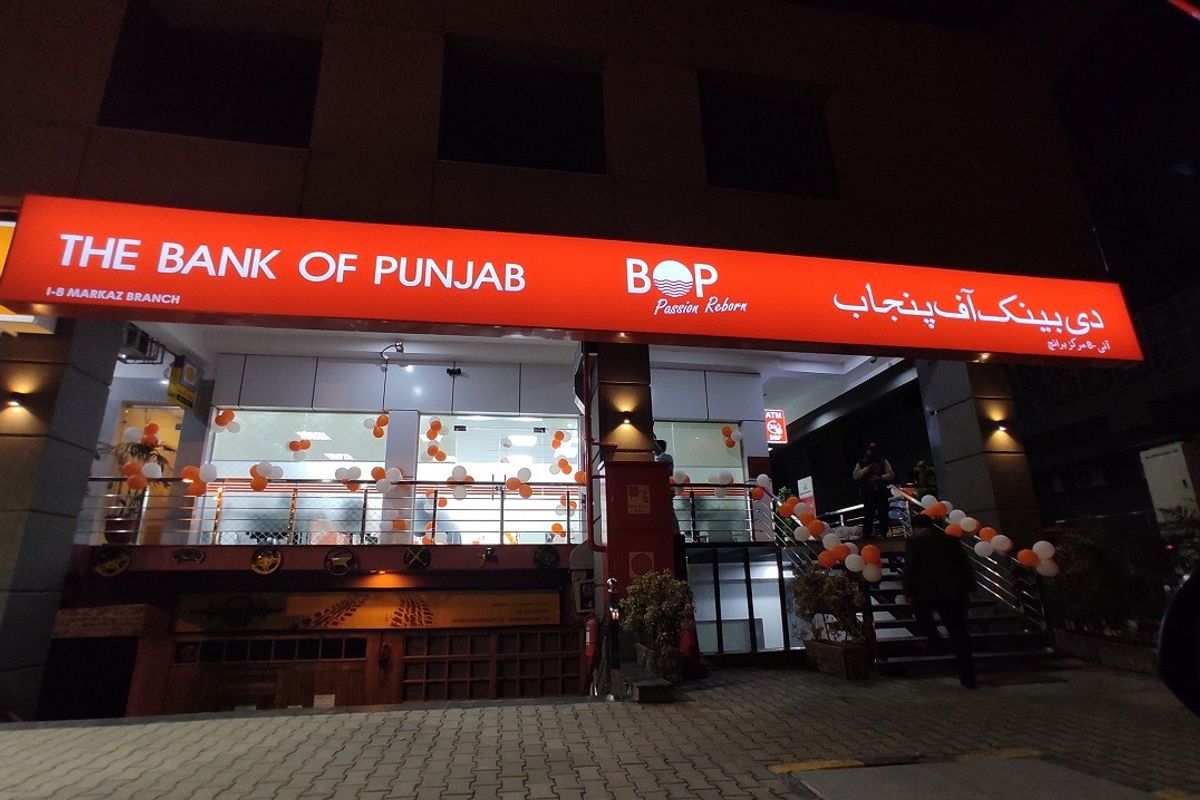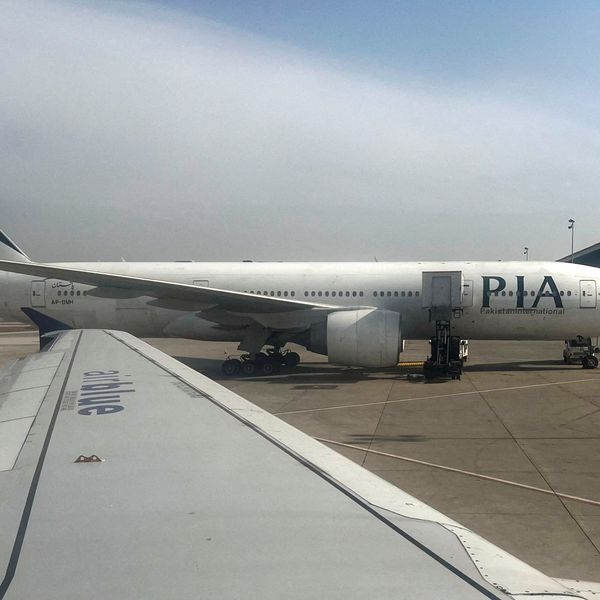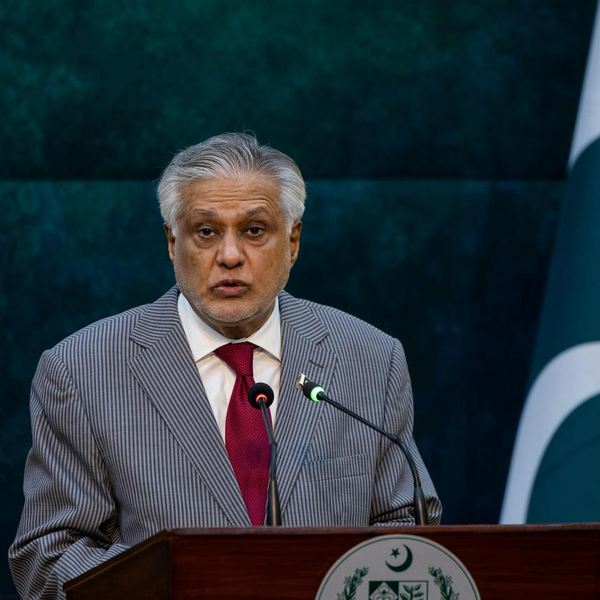Bank of Punjab posts record PKR 15.2B half-year profit on strong reforms
Surging deposits, higher margins, and a 294% share price rally underscore the bank’s turnaround

Haris Zamir
Business Editor
Experience of almost 33 years where started the journey of financial journalism from Business Recorder in 1992. From 2006 onwards attached with Television Media worked at Sun Tv, Dawn Tv, Geo Tv and Dunya Tv. During the period also worked as a stringer for Bloomberg for seven years and Dow Jones for five years. Also wrote articles for several highly acclaimed periodicals like the Newsline, Pakistan Gulf Economist and Money Matters (The News publications)

The Bank of Punjab (BOP) has posted its highest-ever half-yearly profit before tax, reaching PKR 15.2 billion in the first half of 2025, reflecting a strong turnaround driven by structural reforms, improved asset-liability management, and growth in low-cost deposits.
The announcement came during a corporate briefing held yesterday for research analysts, brokerages, and market participants.
The bank’s operating profit surged by 278%, while net interest income (NII) grew by 116% year-on-year, with management attributing 25% of the NII growth to Minimum Deposit Rate (MDR) implementation and the remainder to strategic initiatives such as higher current account balances, repricing of term deposits, and improved lending yields.
Term deposits repricing to boost net interest margins
According to management, the improvement in Net Interest Margins (NIMs) is expected to continue in the second half of 2025. A significant portion of the PKR 502 billion term deposit portfolio carried from the previous year has already matured—87% by August—with the rest maturing in the fourth quarter. This repricing is projected to save the bank 4-5% in spreads on the term deposit portfolio.
Additionally, the average current account balances rose by 40%, while 64% of term deposits matured by June, further supporting the growth in NII. The bank’s current account ratio improved to 24% by mid-2025, up from 17% in 2023, surpassing the internal year-end target of 22%.
Deposit milestones and investment strategy
The bank aims to surpass PKR 2 trillion in total deposits by year-end, with an ambitious goal of reaching PKR 2.5 trillion over the next three years. Notably, Islamic banking deposits recorded an 80% increase, while current deposits grew by 43% year-on-year.
In terms of investments, the bank’s portfolio remains conservatively structured:
- 57% in floating rate Pakistan Investment Bonds (PIBs), with an 80 basis points spread and average maturity of 2.5 years
- 19% in fixed-rate PIBs yielding around 12%
- 24% in Treasury Bills (T-Bills)
Management reported a deliberate reduction in borrowing positions due to a decline in available spreads, optimizing funding costs.
Capital strength and profit distribution
The bank’s Capital Adequacy Ratio (CAR) stood at 17.4% as of June—well above the regulatory minimum of 11.5%—indicating strong capital buffers. Furthermore, the bank disclosed unrealized gains of PKR 6.0 billion, which, if realized, could have further boosted profitability.
Following the implementation of a new payout policy, the bank announced its first-ever interim cash dividend of 10% earlier this year. Management is now exploring a quarterly dividend payout model and even hinted at potential share buybacks alongside dividends in the future, depending on liquidity conditions and market dynamics.
Agri and SME exposure: minimal flood impact
Responding to concerns regarding the recent floods, management clarified that agriculture and small and medium enterprise (SME) lending makes up one-third of the bank’s portfolio, but only 8% of this exposure lies in flood-affected areas. Of that, 76.9% is backed by first-loss guarantees under various government programs.
The bank highlighted the Kissan Card portfolio, which achieved a 99% repayment rate in its first cycle. Most of the commercial loan book is collateralized and insured, with less than 0.18% of total exposure unsecured, showcasing the institution’s prudent risk practices.
Shift in deposit base and digital focus
Over the past year, BOP has strategically reduced its reliance on public sector deposits, which now account for just 33% of total deposits, down from over 60%. This shift is aimed at creating a more diversified and resilient funding base.
On the branch network, management emphasized a focus on quality over quantity, while continuing to invest in digital transformation and customer-centric initiatives.
Thanks to its robust performance, the bank’s share price has surged by 294% over the past 12 months, boosting its market capitalization to PKR 63 billion—a record high.
Although the bank refrained from giving forward-looking share price guidance, management expressed confidence that the positive momentum would continue, underpinned by strong fundamentals and a forward-looking strategy.







Comments
See what people are discussing